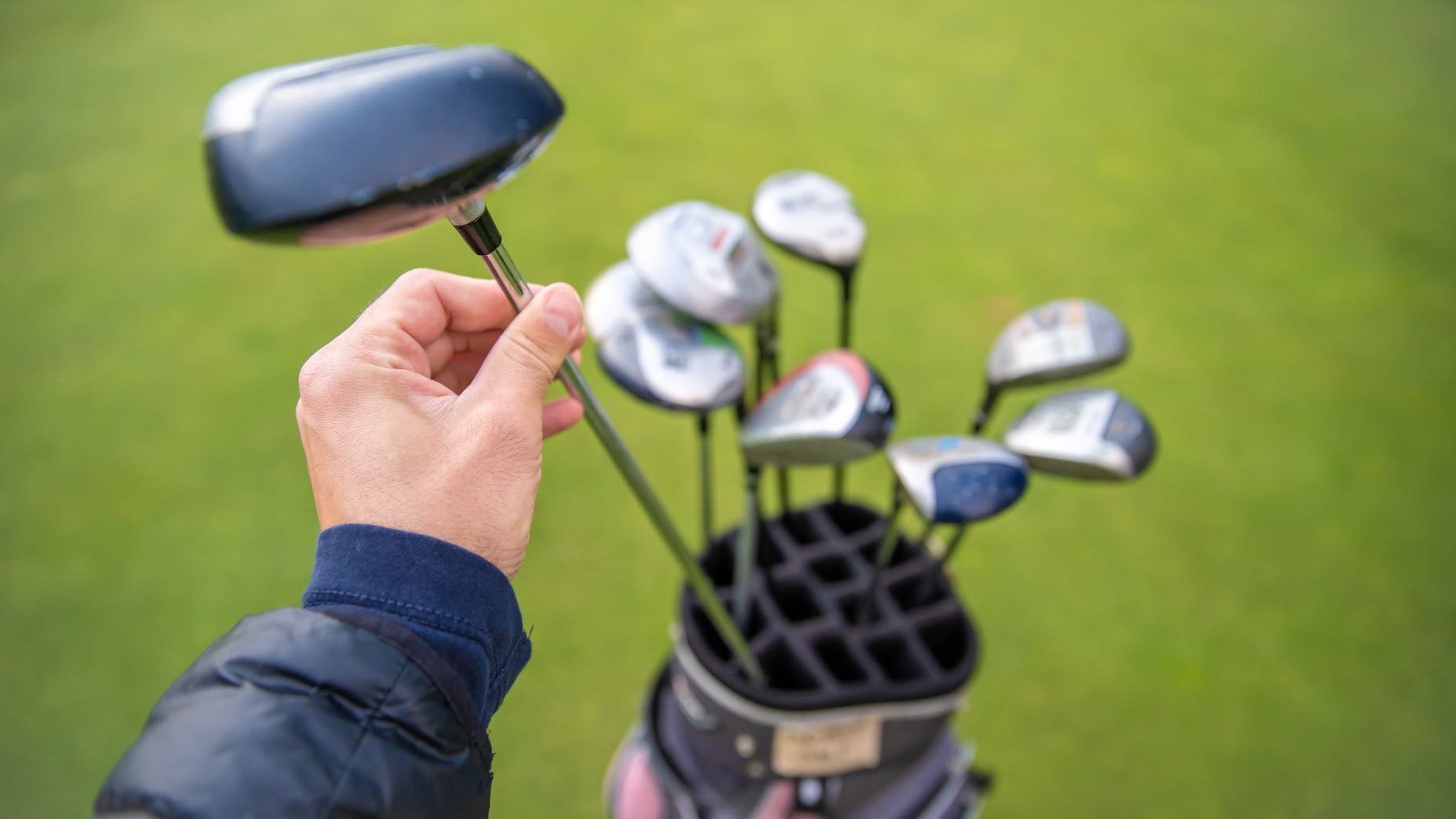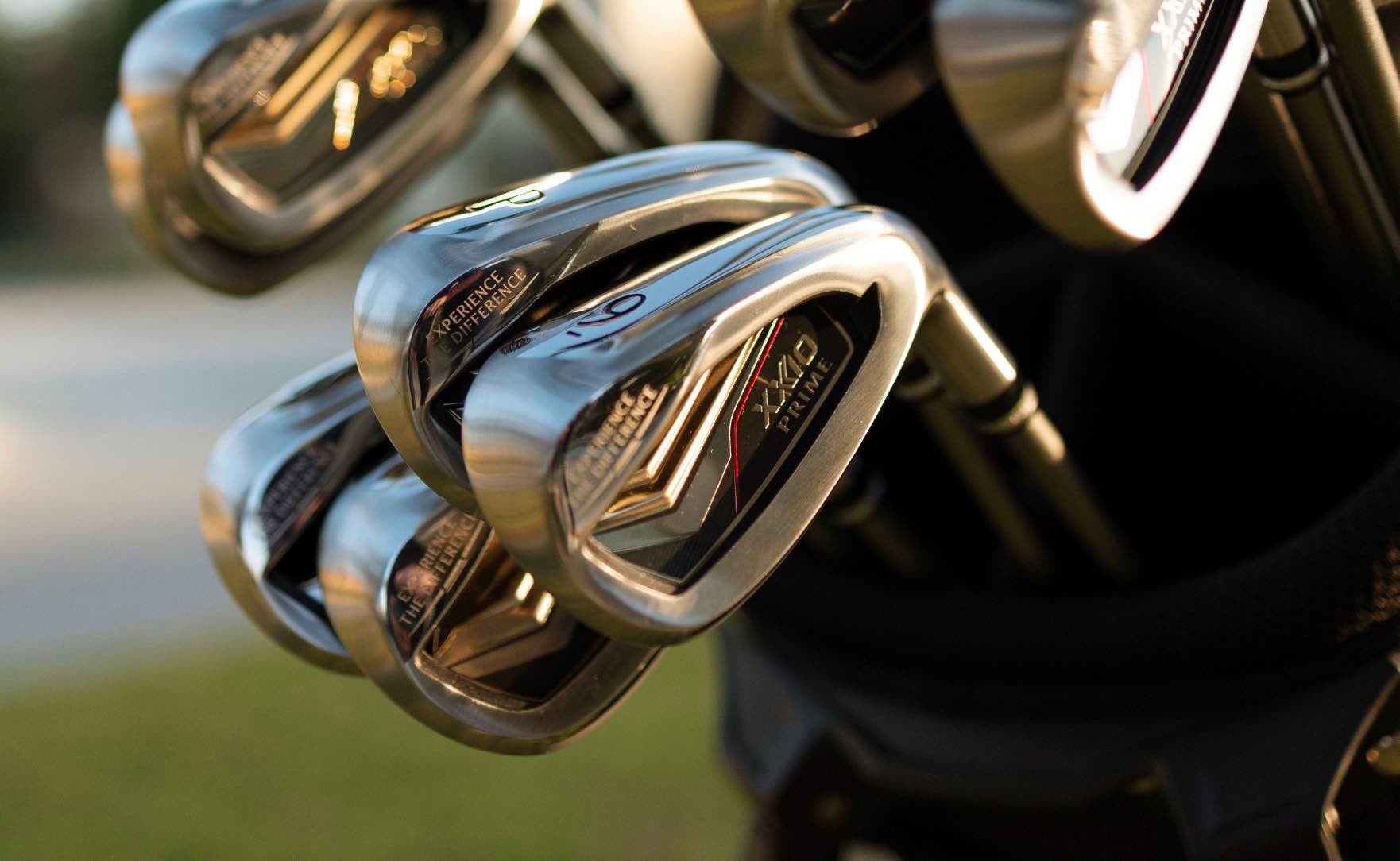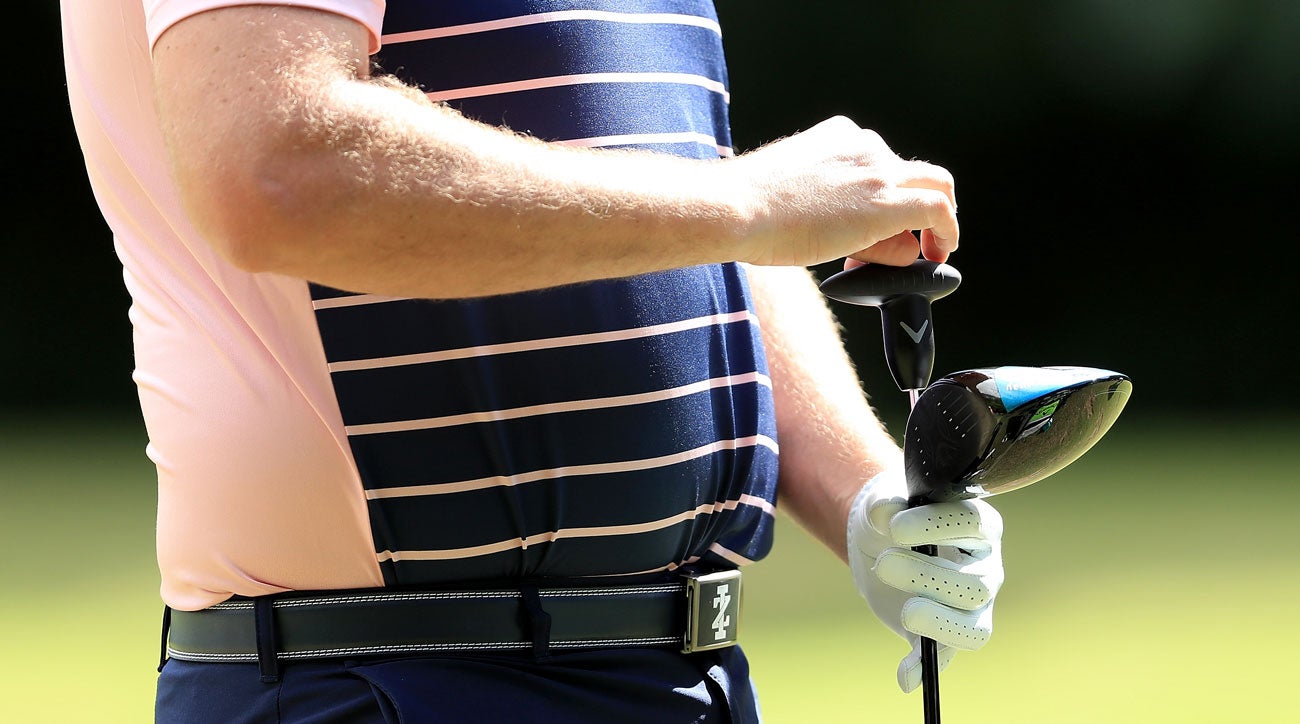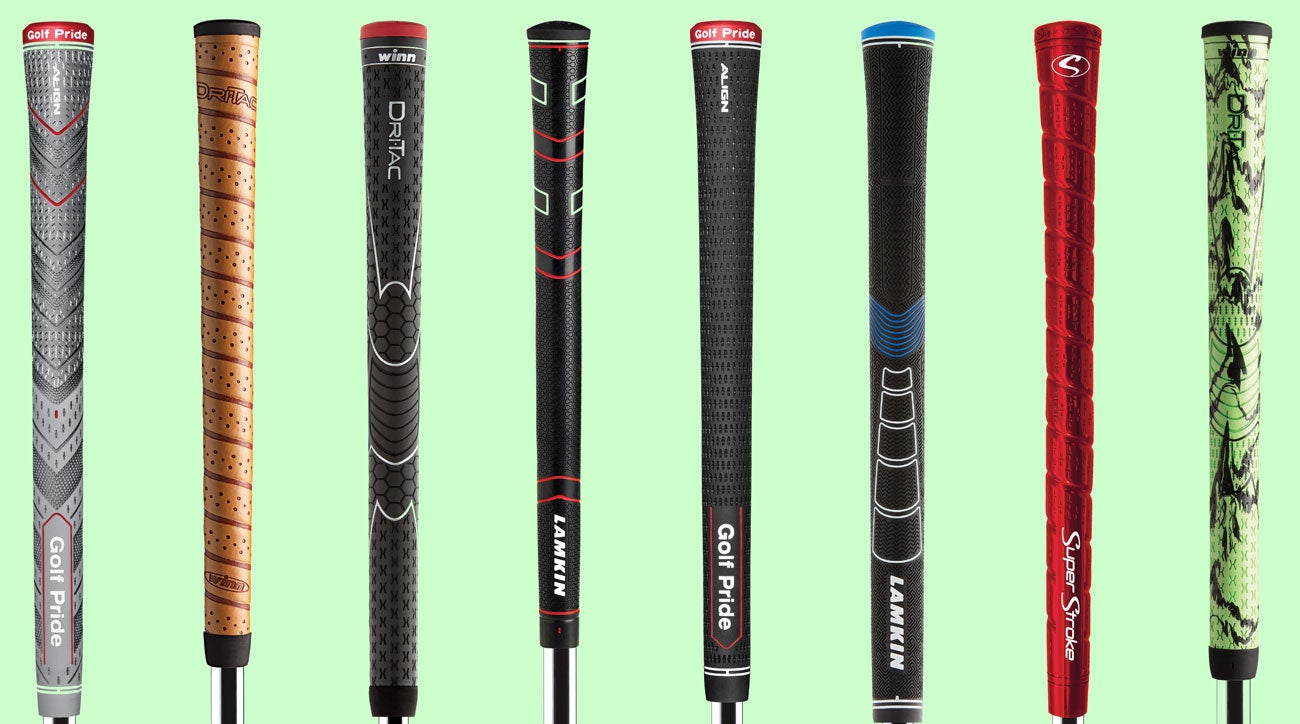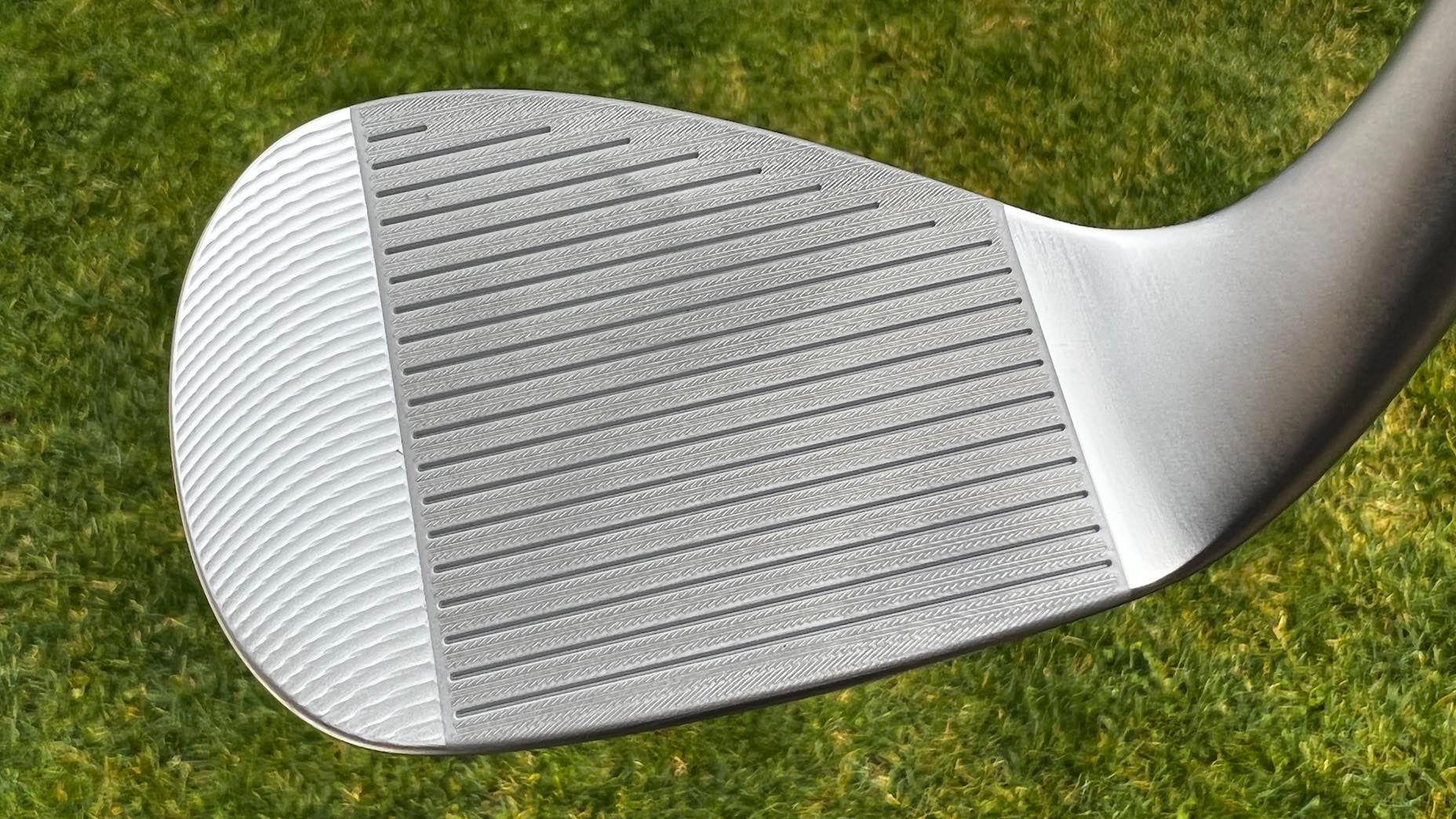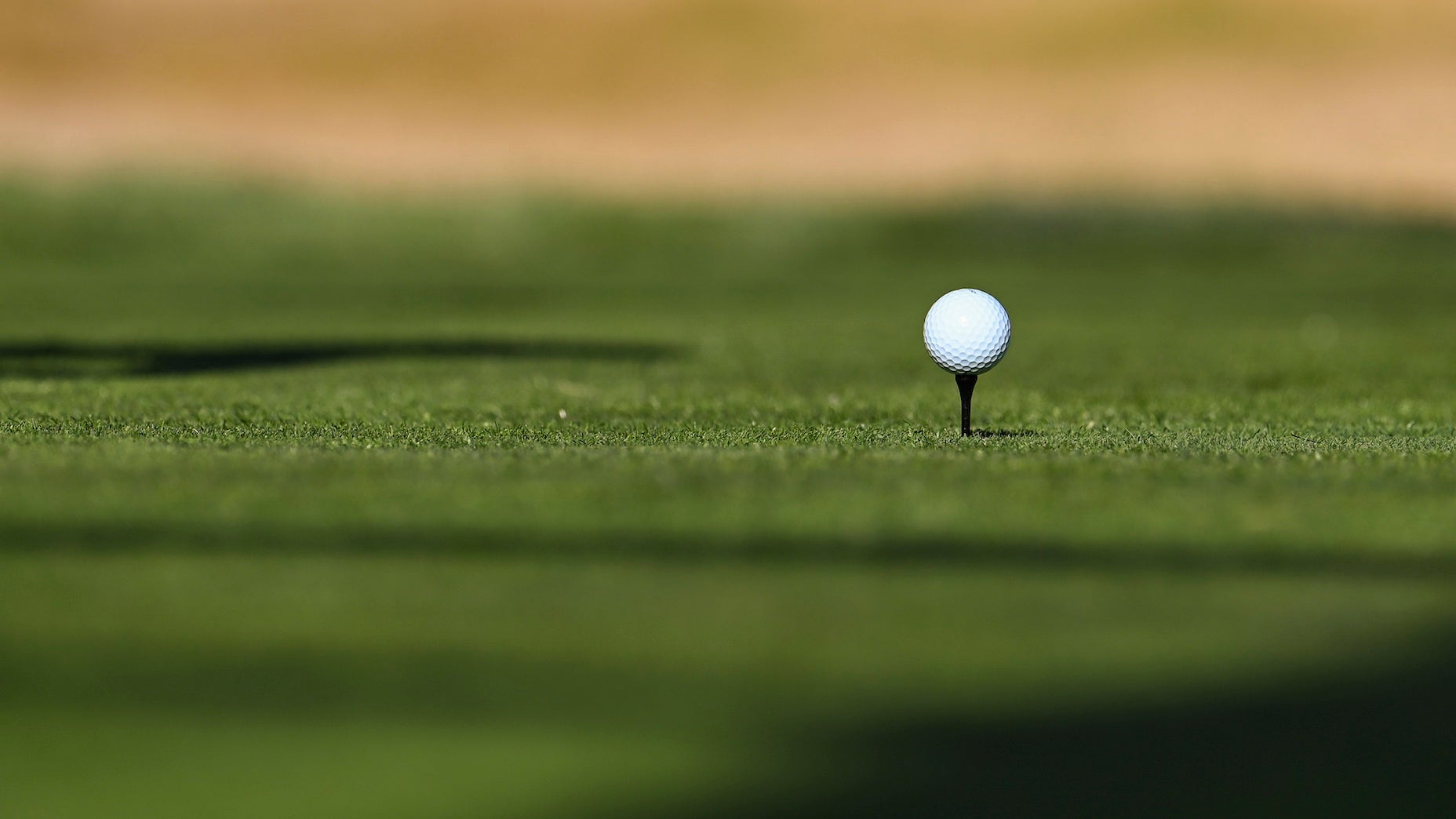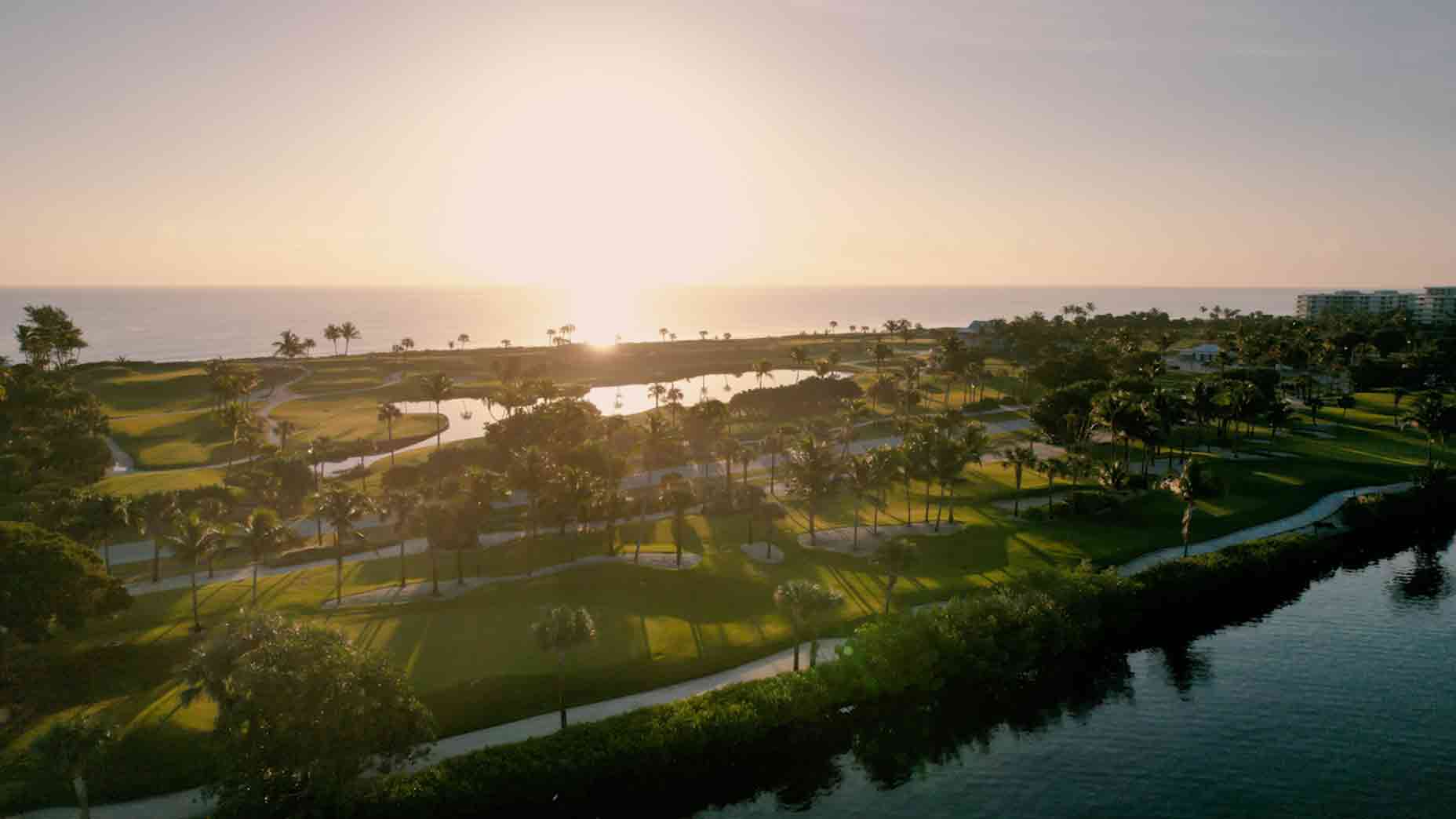Welcome to Gear Questions You’re Afraid to Ask, a GOLF.com series produced in partnership with Cleveland Golf. In the latest installment, we discuss ways to corral a slice.
Let’s take a quick field trip down the instruction aisle for just a moment so we can better understand what causes a slice. A slice can be boiled down to two key metrics: the clubface angle at impact and the club path direction. If the clubface is open relative to the path the club travels on, you’re guaranteed to hit a slice no matter what club you use.
Your slice may be a pull slice or a push slice; even a fade is considered a sliced shot. Whatever the case, an open clubface relative to the path always causes the ball to spin to the right if you’re a right-handed golfer.
Knowing that, let’s look at how your clubs factor into the equation.
It’s true that an equipment change can help lessen or maybe eliminate a pesky slice. It’s also true that some equipment can make you slice the ball even more. How do you know the difference and whether or not it’s you or the club? We’ve got some high-level answers for you below, but remember: the only way to truly know if your clubs are helping/hurting you is to have a live consultation with a local club-fitter.
Every golfer is different and you may find contrarian advice to these points may work better for your particular swing.

Srixon’s ZX5 and ZX7 drivers
1. Check your shaft flex
This is a loaded topic, and one that’s argued several different ways. For sake of brevity though, we’ll look at the most common perspective, which is to say if your shafts are too stiff for your swing you’ll then hit a lot of slices. This is especially true with shafts that are stiffer toward the tip and that have lower torque ratings.
Instead, if you employ a softer flex, you will enable the clubhead to release more efficiently and square up with the club path at impact. A stiffer product can help you drop spin and lower launch; just be careful not to go too stiff, which can cause a host of problems. That can include magnifying a slice.
2. Length and lie angle
Most clubs sold off the rack come in standard lengths in standard lie angles, presumably for men and women of average height and arm length. But what if you fall below “average” in terms of height, or what if your arms hang lower than most? Swinging clubs that are too long can make it even harder to square the clubface and usually results in more shots to the right.
Also, sometimes it’s not the length that’s making you slice — it’s your lie angle. If your clubs are too flat, they might be forcing you to make a more rounded and flatter swing. (This is a good thing if you tend to hook it, but not so desirable if you’re already prone to hit slices.)
3. Weight issues
When was the last time you thought about how your clubs were weighted? Perimeter-weighted (or heel-toe weighted) irons help lessen a slice primarily because they are less resistant to twisting at impact. But to further reduce a slice via weighting, some manufacturers add weight to the heel, making the toe feel lighter and easier to square at impact.
This is true not only in iron models but with woods and drivers as well. For instance, the Srixon ZX7 driver has two weight ports — one in the heel, and the other towards the toe. By placing heavier weight in the heel region you effectively slow it down, meaning the toe will move faster to square the clubface. If you have too much weight in the toe area, you’ll slow it down and likely leave the face open at impact
4. Offset the problem
Before the advent of hollow-body irons with internal weighting, helping to reduce a slice usually meant playing clubs with more offset. Which, if you’re new around here, is when the hosel of the club is bent backwards, placing the leading edge of the clubhead behind it.
Offset allows a golfer to position their hands above the ball and gain a fraction more time to square up the face at impact. Furthermore, offset pushes the CG further back helping the ball fly higher with more backspin. More backspin usually means less sidespin, thereby reducing a slice. Offset is still present in today’s irons, but it’s not as dramatic as it once was, thanks to advances in internal and mix material weighting schemes.
5. Grip check
Lastly, using a fatter grip diameter may feel better in the hands, but it also might be a reason you’re hitting shots to the right. When you go big, you slow the release of the hands through the hit which means you’ll be more likely to make contact with the ball with an open clubface.
If this sounds like you, try some grips with a smaller diameter. In addition to reducing a slice, you might see a little bump in clubhead speed as well.
Want to overhaul your own bag for 2021? Visit the expert fitters at our sister company, True Spec Golf. For more on the latest gear news and information, make sure to check out our recent Fully Equipped podcast in the Spotify link below.
